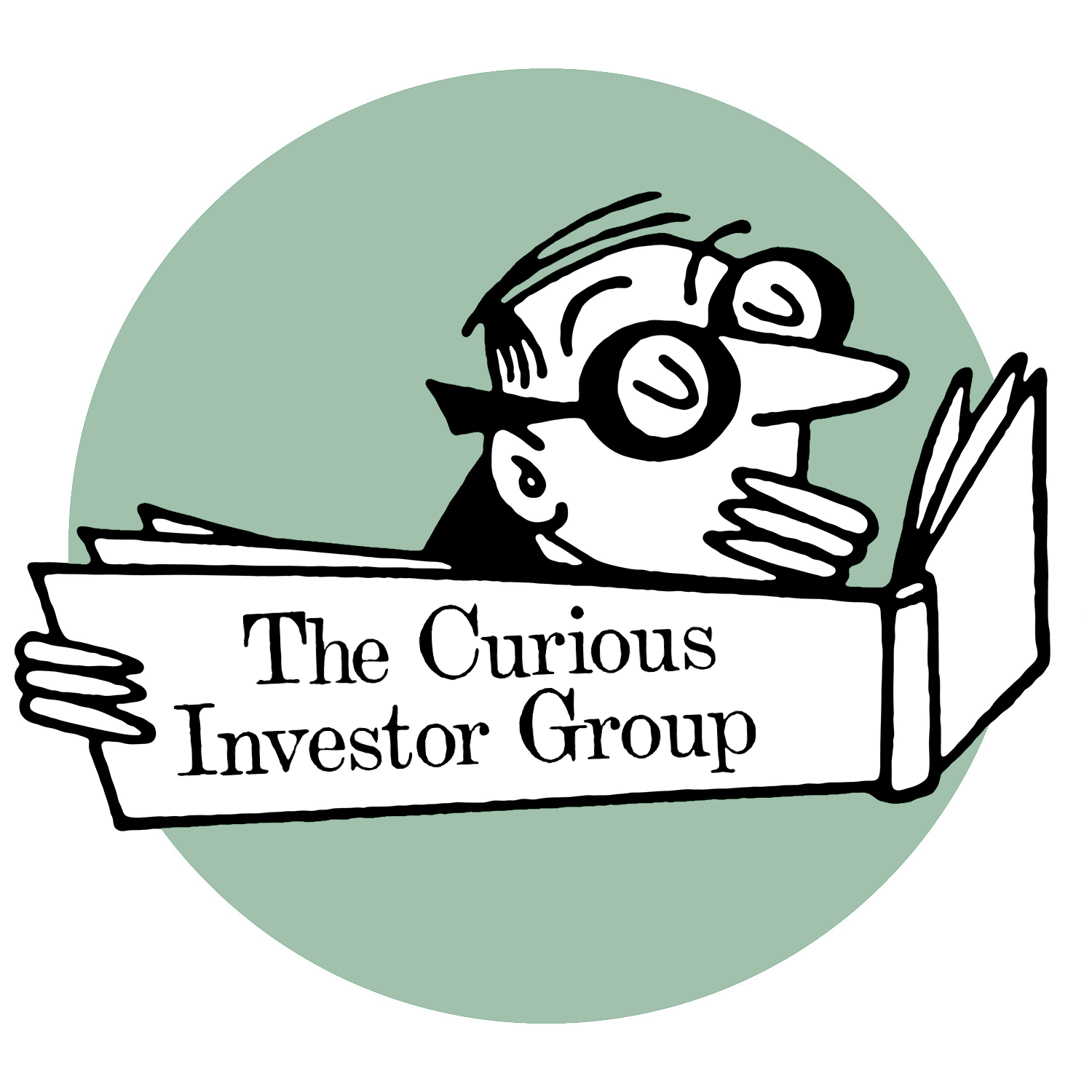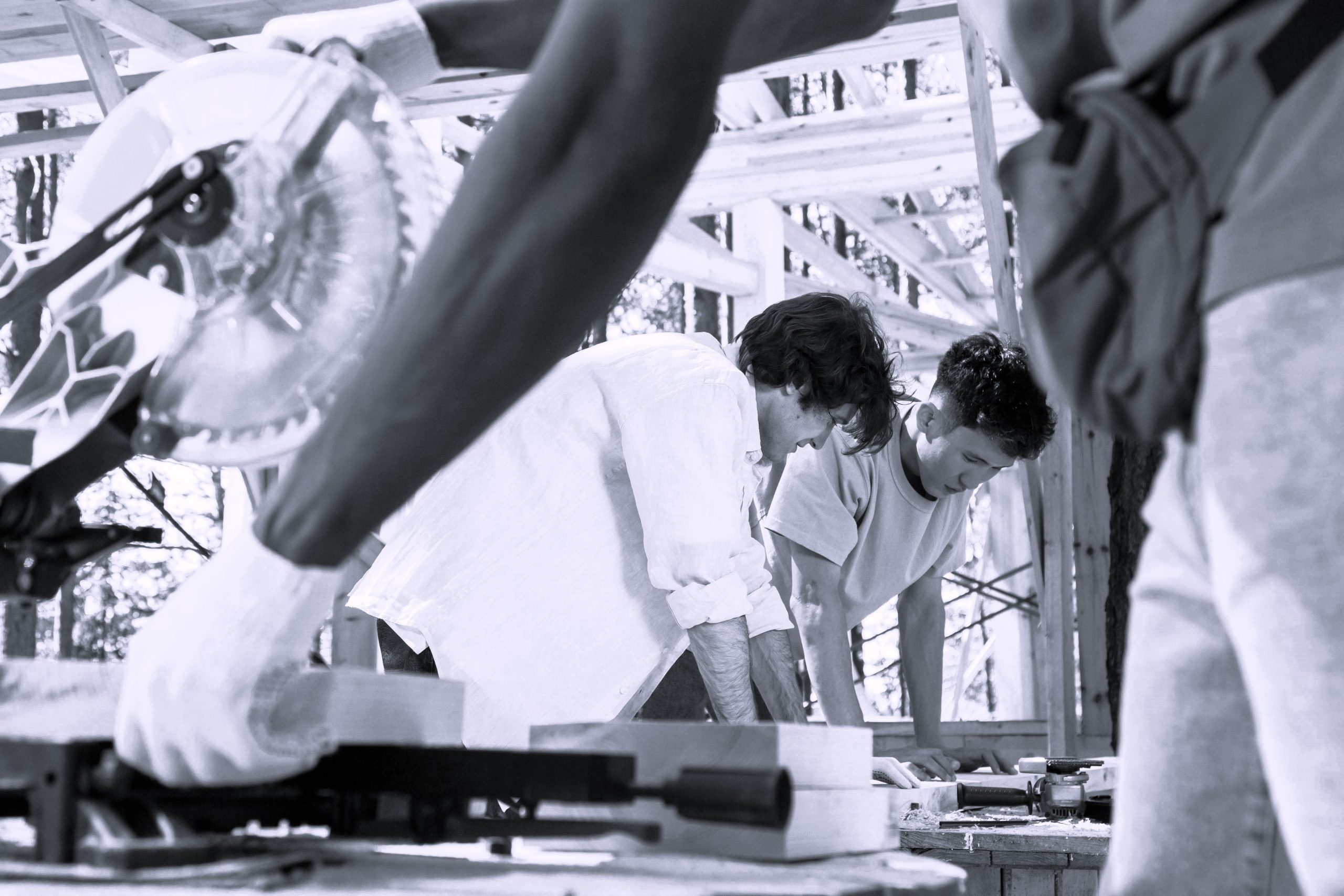The general view at the start of 2025 was that whereas the US real estate market was poised for another year of steady growth, China was in the midst of a multiyear depression that was immune to the palliative effects of state and local government intervention.
While there is much truth to the above, we may have reached the point in both the US and Chinese property sectors that universally held beliefs may be both correct and poor guides for investment. In the case of the US, although we expect home sales to remain close to what we saw in 2024 there are clear signs that homebuilders have significantly overbuilt over the last couple of years. We have described the considerable excess within multifamily construction in these pages before, and although building trends have not been as excessive in the single-family sector, we have still arguably reached a point of indigestion.
The clearest sign of this is in the buildup of unsold new homes. These now total of 496K, up from the Covid low of 283,000 and up 46K over the last 12 months. This is still some distance below the 2006 peak at 570K and of course has very little competition from existing home inventory, but it is still arguably a high enough level to be uncomfortable for builders.
Inventory is made up of homes “not started” (which are improved lots), “under construction” and “completed”. The last of these represent the key category since these are both ageing assets at risk of requiring discounts to sell and financing of their substantial costs in land, labour and materials. The inventory of completed homes has reached 124K, the highest since July 2009 and above all readings apart from the 2006-2009 period. This is still well short of the 2008 peak at 199K, but if we adjust for the average price of a new home, their current value is $63.6 bln, which is above the housing bubble peak at $61.5 bln and has increased $20.8 bln over the last 12 months.
US Homebuilders are fortunately much better positioned to handle this strain this time around, and we do not expect to see anything like the carnage that took place during the housing bust. Nevertheless, 2025 is likely to be a year of retrenchment for the homebuilders, and they are at risk of losing control of pricing right at the point that their costs are starting to reaccelerate. This helps explain the recent lousy performance of the US Homebuilders shown by the S15HOME index, dropping from its October 2024 all-time high at 3026 to 2210 at the time of writing. Even so, homebuilders are not cheap, trading at a Price/Book ratio of 1.7 times, well above the 2022 trough at 1.2, the Covid low at 1.05, let alone the 2007 collapse to 0.6. We would suggest that conditions today are at least as bad as they were in 2022, and that a P/B ratio of 1.2 is a reasonable target for the index.
If one wants to find some cheap builders, then China is the place to look. The Hang Seng Property Index (HSP) sports an average P/B ratio at a scarcely credible 0.37, well
below that of their US equivalents even at the nadir of the Financial Crisis. Of course, this reflects great skepticism of the true book value of the Hong Kong listed developers, but this was certainly also true of US homebuilders back in 2009. Even allowing for far worse reporting standards in Hong Kong, and a far opaquer property market, a P/B ratio this low offers a very large margin of safety against substantial write-downs of book values in the months ahead.
However, for cheapness to represent an investment opportunity the news flow must exceed expectations to the extent that new investor flows are enticed into the market.
On the plus side in China, investor expectations have hit rock bottom, and capital outflows have left the sector very under-owned. The financial media is also replete with lurid descriptions of ghost towns and sell-side reports have no shortage of lousy datapoints to justify bearish views. There is little doubt that China’s real estate market became massively oversupplied over the course of the last 15 years and that it also became significantly overused as an investment vehicle by the local population starved of alternatives, and that the collapse of the industry was long overdue.
As a rule, investment market bottoms occur when the news transitions from terrible to bad and do so against a chorus of disbelief. Indeed, maximum attention to a crisis typically occurs right around the turning point and only gets more vocal when signs of recovery in asset values take place. This was the case with the US equity market bottoms in 2003 and 2009, the associate housing market recovery later that year and the end of the Eurocrisis in 2012, all of which proved to be excellent investment opportunities despite the cacophony of voices telling you to avoid them. We believe it is true of the Chinese property market today.
The crucial turning point would have appeared to have taken place during the last quarter, when a rolling series of easing measures in monetary and fiscal policy took place, in addition to some specific removals of macroprudential curbs to property markets such as mortgage terms and limits on investment flows into real estate. The initial response of financial markets was euphoric, with the HSP rising roughly 40% between mid-September and early October, only to erase all of these gains by early January.
The problem of course is the considerable lag between the easing of policies and the recovery of the sector at the heart of the crisis. Initial eases tend to benefit sectors that are not materially impaired, and the performance of hot Chinese sectors such as robotics or AI attest to this. Real estate remains unloved, but there are some critical signs that prices have bottomed out in a number of larger cities. This is a very important development in a cycle, since it injects much needed certainty into the transactional process that matches buyers and sellers. Commentators tend to fixate on the degree to which prices at the bottom are far less than their levels at the top, and the degree of distress this imposes on those unfortunate enough to have mistimed their purchases.
While not minimizing this hurt, we would point out that financial markets tend to respond to the pickup of transactional volume that comes with price stability.
Knowing the likely degree of loss that has taken place is a critical foundation for market confidence. That is why bear markets are notorious for their “slope of hope”, whereas market bottoms and recoveries are typically punctuated by large write downs and non-cash impairments.
Our belief is that China is at the start of a meaningful recovery in its property market. This will be nothing like the “V” shaped rapid advances seen in China in 2009/10 and 2014/15, but instead will look much more like the grinding, halting recoveries seen in US housing markets in 2009/10 or in peripheral European markets in 2012/13. This still has the potential to be matched by a very healthy advance by the HSP index and particularly its stronger constituents.
We believe the recovery will take hold first in the largest Tier 1 cities of Beijing, Shanghai, Shenzhen and Guangdong and slowly spread to Tier 2 and Tier 3 markets. We may not have seen the last of developer failures, but the decision of the public authorities to recapitalise Vanke (the largest private developer) when faced with a potential bond failure in early February suggests that they are determined to avoid any more systemic stress coming from the credit its larger real estate players.
This in turn should help calm credit markets, where credit spreads keep the cost of financing very high despite record low Chinese sovereign yields. Mortgage borrowers by contrast have benefited greatly from lower yields, with new loans now carrying a record low coupon of just over 3.0%. US borrowers paying nearly 7.0% can only look on with envy and yet ultra-low Chinese interest rates are considered to be a sign of collapsing confidence and a reason as to why there is no hope for the future. We would beg to disagree and expect 2025 to be a year of positive returns for this beleaguered group.
This article was originally published in The Property Chronicle Magazine – Spring Issue 2025.







